 By Brian Stearns, Alpine SnowGuards
By Brian Stearns, Alpine SnowGuards
You’ve finally made the decision to go solar, so what do you do now? What are the next steps, and what should you expect? You want to make sure you do it right, and that you choose a fair, competent, and trusted installation company. Do your homework, ask questions, check online reviews, ask for photos of installs the company has worked on, ask how long they’ve been in business, ask if they’re NABCEP certified, and don’t go with a company that can’t, or worse, won’t answer all of your questions. This is a big decision, and you deserve an answer to every single question you have – big or small.
 Here are some pointers to get you started. There will obviously be research involved on your end (or there should be anyway), but it doesn’t have to be difficult – and the installation company you work with should help to make it an easy, hassle-free transition.
Here are some pointers to get you started. There will obviously be research involved on your end (or there should be anyway), but it doesn’t have to be difficult – and the installation company you work with should help to make it an easy, hassle-free transition.
You should at least make sure you know the following information before you call any installation companies (and yes, you should contact several):
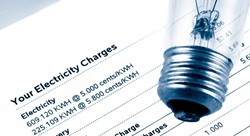 Know your electricity usage – and where you think it’s headed
Know your electricity usage – and where you think it’s headed
I’ll say it this way, since I’m from the Northeast – it’s wicked easy to figure out how much electricity you currently use. All you have to do is call your utility provider and ask for your statements from the last 12 months. Using basic math, you can easily figure out the average kWh you use on a monthly basis, which can also help you figure out what your future energy goals are.
When you dig further into those goals, think about the future – planning on having a family? Or maybe you’ll have kids that will be going off to college shortly (my son is 8 and I already can’t even bear to think of it). Your expected usage will give your installer a good idea of your project scope, size and expectations, making it easier for them to give you the most accurate quote that should jive with your long term expectations.
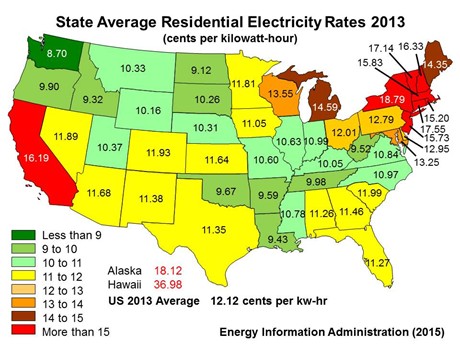 Know your utility rates
Know your utility rates
Where you live matters (sometimes greatly) – the rates your utility company charges based on usage will vary state to state, even county to county. On average, those of us that consume more energy pay higher rates (makes sense). When you make the shift to solar, you obviously won’t be consuming as much energy, and so your electricity rates will go down. And if you live in a net metering state, and produce more power than you consume, you will be credited back that amount. That’s a pretty sweet deal.
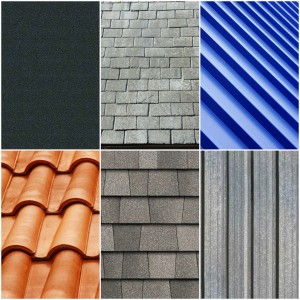 Know your roof (and know it well)
Know your roof (and know it well)
The cost of installation will be driven by varying factors. Your roof type is at the top of that list; for example, installing on a flat membrane roof will be less expensive than installing on a steep-slope roof covered in gorgeous, but heavy, tiles. Also, if you roof is constructed of materials that aren’t used all that often, you should be prepared to pay a little more for installation. You should also know that each kW of solar capacity will require somewhere between 90-120 square feet of space, and that most installed residential PV arrays have an average capacity of 3-5 kW.
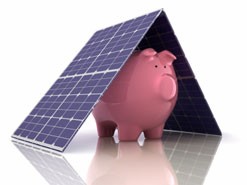 Know how to protect your investment
Know how to protect your investment
Make sure to take the time to talk to the installation company about things like warranties and maintenance requirements for all components. And while you’re at it, I would also make sure to call your insurance company to talk about including your array on your homeowners’ policy.
Once you wrap your brain around the above points, you’ll want to know what the installation company will be doing. Below are the major steps involved – some companies will be more thorough than others, and some will try to avoid certain steps (just as you should avoid these companies at all costs – or end up paying for it in the long run).
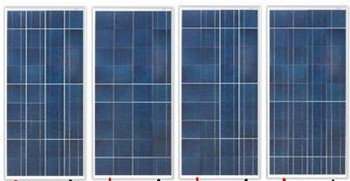 Step 1: Assessing the situation
Step 1: Assessing the situation
The installation company will come to your house to do an initial assessment – they’ll want to know your average electricity usage, and they’ll examine your roof while they’re there, which will help them choose a good system fit for you and your home, and prepare a detailed installation plan.
 Step 2: The part no one likes – let’s talk financing
Step 2: The part no one likes – let’s talk financing
During your initial assessment, your installer should talk to you about financing, and should also discuss any programs, rebates, incentives, and other options that are available to you, either through the installation company or through your state/county/city (it wouldn’t hurt to do your homework so you know what incentive/programs are out there prior to setting up the assessment). A true solar professional will have lots of knowledge in this area, and will help you every step of the way – the really great ones will even fill out the paperwork for you.
 Step 3: Permit Issuance
Step 3: Permit Issuance
Again, where you live matters. Some permits may be required before the installation begins, and your installation company should be extremely familiar with the permitting process, and should quickly and easily be able to handle any permit requirements so you don’t have to.
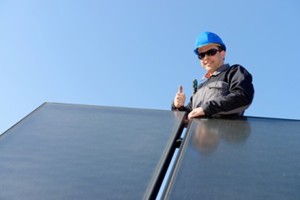 Step 4: Drumroll, please...
Step 4: Drumroll, please...
Let the installation begin! In a nutshell (a very big nutshell), the installers will secure the mounting brackets to your rooftop, install the array, connect all wires to inverters, and inspect it all to make sure everything is at it should be. Normally a city or county-appointed inspector will also give the array a quick inspection to ensure everything follows your jurisdiction’s codes.
 Step 5: Aaahhhh…the power of the sun
Step 5: Aaahhhh…the power of the sun
Bask in the glow knowing that you are now the proud owner of a solar array, and can start generating CLEAN electricity, joining the ranks of (almost) a million other homeowners! And remember, the federal solar tax credit is waiting for you!